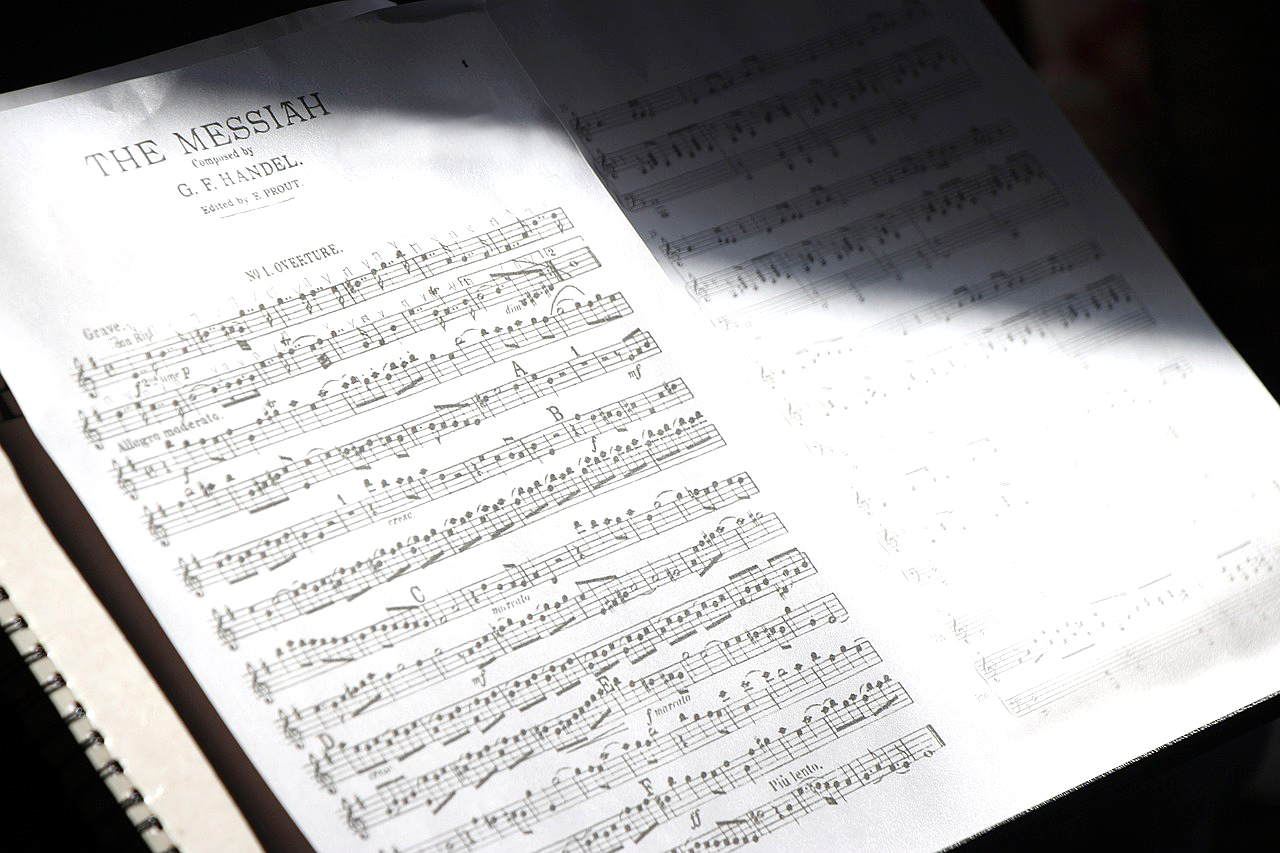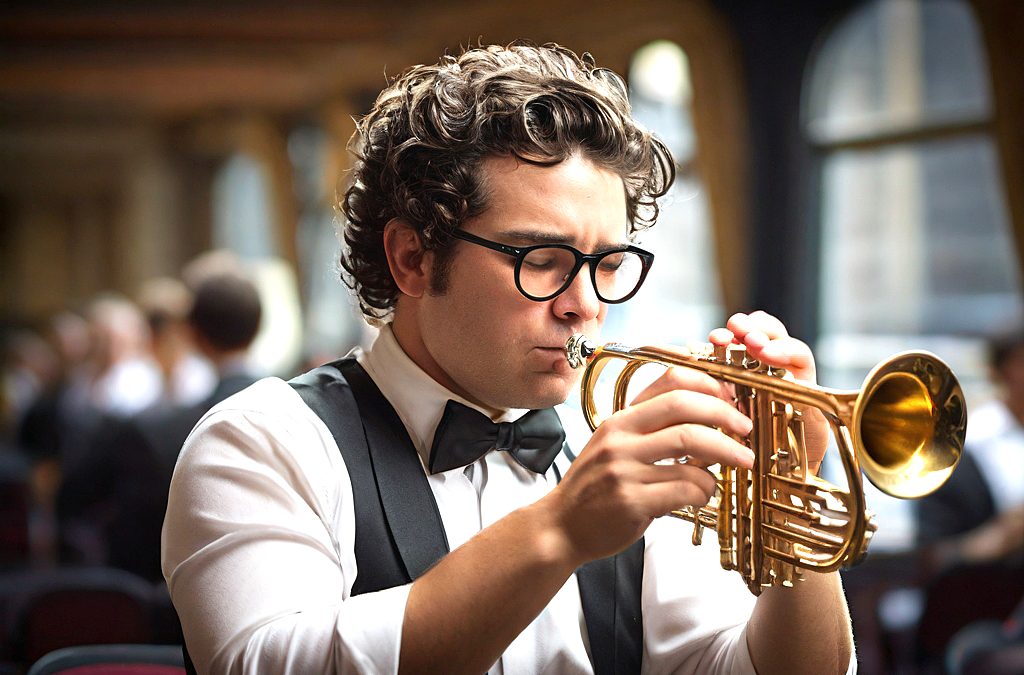Unlocking Audition Excellence: Essential Preparation Strategies
Sight-reading auditions present a unique challenge for musicians, requiring the ability to perform music on the spot with little to no prior preparation. No doubt it will be nerve-wracking, but with the right approach, you can increase your chances of success. Whether you’re auditioning for a jazz ensemble, an orchestra, or a session gig, mastering the art of sight-reading is essential. Here are the techniques that have helped me navigate sight-reading auditions with confidence and ease:
1. Start with Regular Sight-Reading Practice Sessions
Incorporate sight-reading exercises into your daily practice routine. Start with simple melodies and progress to more complex pieces as your skills improve. Instead of just using a metronome, I play a rhythm section loop of the style of music and sing out loud a chart, patterns, and exercises over it.
2. Practice and Familiarize Yourself with Common Rhythmic Patterns
Recognizing common chord progressions, rhythms, and musical forms encountered in new music is key to your success. Practice identifying where the challenging areas may be, and try to decipher those first. Scan the chart for key signatures, forms, repetitions, and key changes so you can interpret them quickly and accurately.
3. Practice Under Time Pressure
Set a timer and challenge yourself to sight-read music within a specified time frame. Do not invest time practicing rhythms and exercises you have already internalized. Set a drum loop going and gradually increase the difficulty level of the music as you become more fluent and proficient.

4. Develop Mental Strategies
Learn to scan ahead and anticipate upcoming musical phrases while sight-reading. As I play, I am always reading one or two measures ahead to prepare, anticipate, and prepare myself for what is coming ahead. Focus on maintaining a steady tempo and rhythm, even if you encounter unfamiliar passages.
5. Embrace Mistakes and Keep Moving
No matter how experienced you are, it is impossible to always be perfect. Accept that mistakes are inevitable during sight-reading sessions. Instead of dwelling on errors, focus on maintaining forward momentum and musicality. Make a mental note of what tripped you so you know what to work on at home. Develop strategies for recovering from mistakes, such as simplifying complex passages or improvising within the given framework.
6. Stay Calm and Confident
Approach sight-reading auditions with a calm and confident demeanor. Trust in your abilities and rely on your training to navigate unfamiliar musical challenges. Do not give excuses if you didn’t perform well. Instead, use that as motivation to understand that more work needs to be done and where you should focus your attention.
By honing your sight-reading skills through regular practice and adopting effective strategies, you’ll be well-equipped to tackle sight-reading auditions with confidence and poise. Remember, sight-reading is a skill that can be developed over time with patience, perseverance, and dedication. Continue to get involved in playing with different ensembles and exploring any type of music. This is key to developing your senses and ability to sight-read music. Sight-reading auditions require quick thinking and adaptability. Here are some exercises to improve your sight-reading skills:
|
Skill |
Exercise |
| Form Recognition | Quick identification of song form, key signature and repetitions |
| Rhythmic Accuracy | Clapping or tapping exercises with rhythmic patterns |
| Interval and Pattern Recognition | Interval and common pattern or phrases recognition drills |
| Tempo Maintenance | Metronome practice with varying tempos and time signatures |
| Improvisation | Improvise melodies over chord progressions |
In conclusion, mastering the art of sight-reading auditions is a journey marked by dedication, practice, and unwavering confidence. I hope my tips and techniques will be useful in your quest to navigate auditions with poise and grace, turning each performance into an opportunity to showcase your talent and versatility. Remember, sight-reading is not just a skill but a testament to your musical adaptability and fluency. So, approach each audition with enthusiasm and assurance, knowing that every note you play is a step closer to your musical aspirations. With persistence and a positive mindset, you’ll not only conquer sight-reading auditions but also leave a lasting impression on judges and audiences alike. Keep practicing, keep pushing your boundaries, and let your passion for music shine through!
